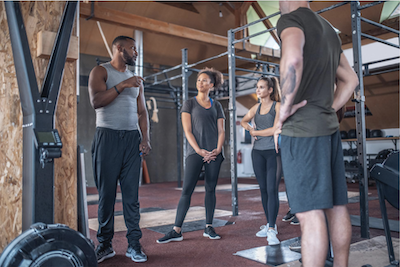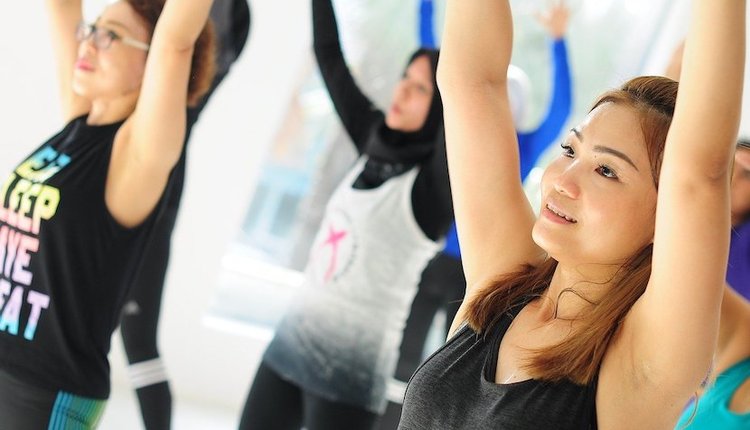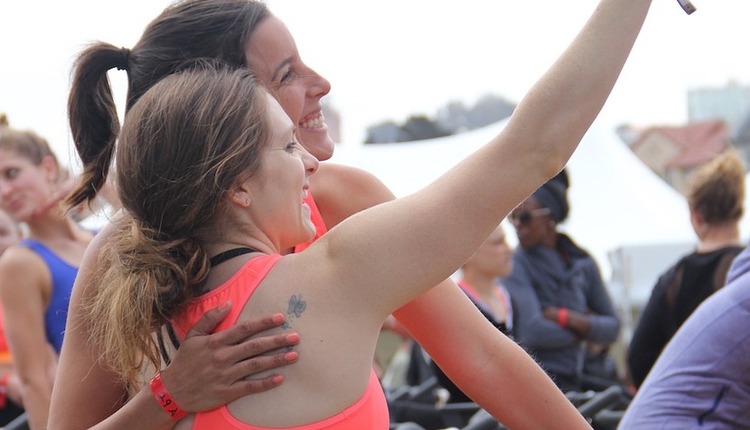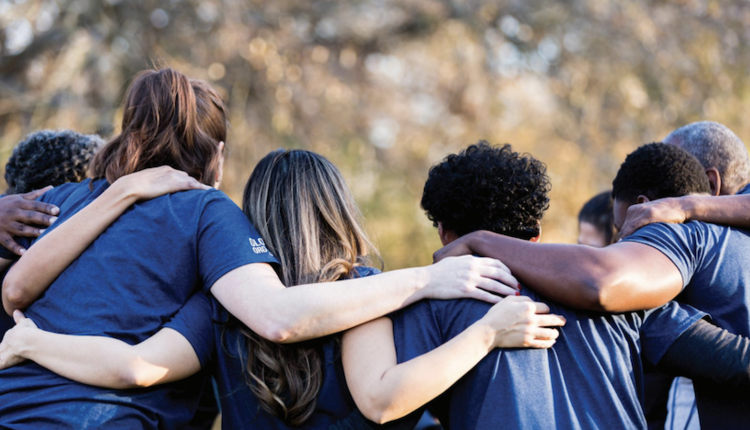
When we create an environment for our clients to feel welcome, appreciated, represented, valued and heard we clearly know we are addressing diversity and inclusiveness in our services. All industry indications point towards increased market penetration and revenue growth. That said, the majority of potential exercisers still lack the motivation to initiate and sustain an exercise routine and much of this is rooted in the potential lack of perceived competence and sense of belonging. This narrative penetrates many cultural lines that include race, gender, ethnicity, disability, age, socio-economic status and overall experience.
As personal trainers, instructors and coaches we are in a unique position to make a difference to lift the veil of representation. This is not just done in management, marketing, staffing and onboarding, but through the way we actually coach in live settings. The ability for instructors to embrace and execute coaching actions and language can be an absolute game-changer for increasing the likelihood that people feel like they belong. Following are three tips you can consider whether you are a private one on one personal trainer, small group personal trainer, or group exercise instructor to create exceptional and inclusive experiences through your coaching and cueing.
1. Achievable language
The first thing to consider is using coaching language that allows your client or class to feel that what you are asking of them is both achievable and comes with choice. It is well documented that intrinsic motivation is highly impacted by an exerciser's perception that they have a choice in their experience. This may include options, regressions, correctives, load, rest intervals and more. You can imagine the old school drill sergeant instructor who forces the class to push beyond their capacity. Many of us may perceive this as a good thing. The downside is that this will satisfy the motivational needs of the few. Most new exercisers, or those who prioritize a sense of achievement through completion, will feel like they are failing unless their exertion matches their perceived expectations set by the coach. Encourage clients to choose loads and progressions that give them ownership session by session. Give permission to members to push at their own version of scaled exertion during vigorous exercise and praise their choice and effort. As a coach if you want to create a culture that encourages inclusion and equity this is a powerful tool to practice.
It is also a great best practice to use coaching language that helps clients recognize their level of competence in the moment versus the long term. An example of this may be to cue a client through proper alignment in plank for a programmed time. You may offer clear praise for their effort, and bring to light how this may translate into their next session by adding a slight progression. This can also be achieved by praising effort and micro-progressions in execution of an exercise bout versus the end result or a potential goal that may be reached months from now. Your ability to coach and cue small wins in the moment will increase your clients desire to return due their increased sense of competence. As a coach if you want to create a culture that encourages inclusion and equity this is a powerful tool to practice. More clients will feel a sense of achievement and motivation regardless of their background and experience.
2. Community
The second tip is to proactively create community within your classes or client roster. It is only natural that we as human beings have a desire to want to be accepted and be around people who truly care about us. A great coaching tip is practice using language that draws people into the unified experience versus their own isolated experience. Of course, we want to remember names, introduce people, create social groups and the like. There is another layer of the onion to peel here. This is an especially powerful tool in small group sessions, large team sessions or group fitness classes. Expressing the peaks and valleys of the workout experience with words like “together,” “we can/we are,” or “with someone next to you,” will trigger feelings of belonging. If private one-on-one training is your thing you can certainly still create this with client team stream calls to share experiences, creating social media groups with your roster and social events.
The second tip is to proactively create community within your classes or client roster. It is only natural that we as human beings have a desire to want to be accepted and be around people who truly care about us. A great coaching tip is practice using language that draws people into the unified experience versus their own isolated experience. Of course, we want to remember names, introduce people, create social groups and the like. There is another layer of the onion to peel here. This is an especially powerful tool in small group sessions, large team sessions or group fitness classes. Expressing the peaks and valleys of the workout experience with words like “together,” “we can/we are,” or “with someone next to you,” will trigger feelings of belonging. If private one-on-one training is your thing you can certainly still create this with client team stream calls to share experiences, creating social media groups with your roster and social events.
3. Tone
The third tip is to learn and apply the basic soft skills of tone. Not the type of tone that means a sculpted six pack and arms! What I reference here is the use of language, imagery, exercises and interactions that celebrate uniqueness and does not further isolate marginalized groups. There are a significant number of resources on how to improve tone without feeling like one must be “tone policed.” For the sake of keeping this article simple and applicable let’s lay out two simple things.
The first is to be cognizant of using language that exacerbates a stereotype. This may include highlighting the quality of performance based on ethnicity, age or experience. In contrast, a coach can simply encourage effort, engagement and focus on being authentic.
The second is to be mindful that we want to be clearly understood and followed as fitness professionals. We need to speak clearly, demonstrate patterns, articulate our words and confirm our clients’ understanding of the exercises. While this may sound like this skill is a win, it’s critical to have the emotional intelligence to avoid sounding condescending or patronizing in the attempt to be too clear. A best practice here is to be aware and sensitive about your delivery. Be willing to ask for and accept feedback. If there are any small nuggets of behavior you can apply one step at a time, give it a try!
We are very fortunate to be in an era where more consumers are looking for opportunities to move to improve their health. We all have our niche that we serve to our target market, but we can create a massive change in our industry by keeping diversity, equity and inclusiveness at the forefront of our model. Not just our business model, but our coaching model as well.
Sheldon McBee MS, is an Executive Director for Universal Athletic Club based in Lancaster, PA. He has a Master’s in Human Nutrition, is an ACE-certified Personal Trainer and has over 20 years’ experience in health and fitness. Sheldon is an international presenter, lecturer, business consultant, fitness content developer and personal training director. He has presented at IHRSA, IDEA, SCW, CanFitPro, and has been featured in numerous industry publications. He currently sits on the CanFitPro and Club Solutions Magazine Advisory Panel
















